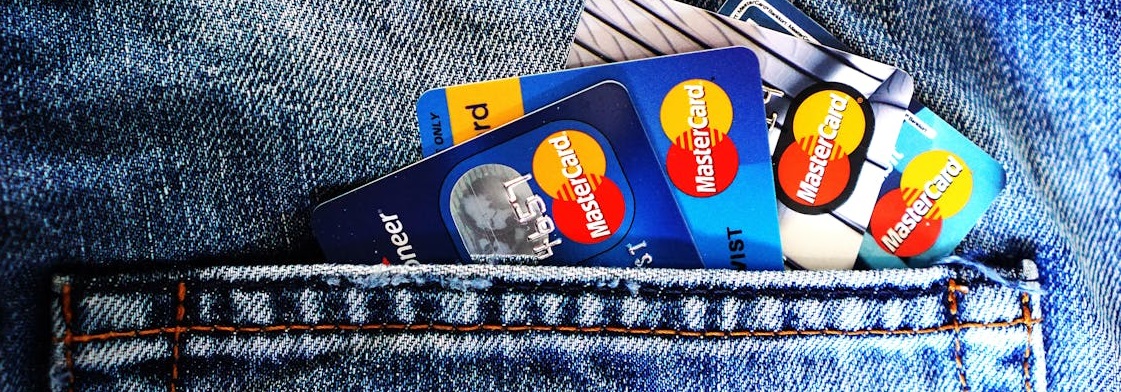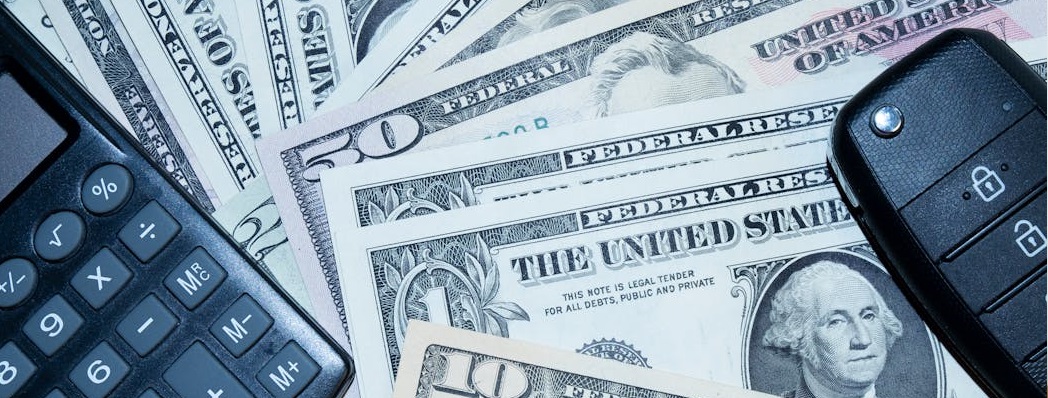Cash-out borrowers paid down credit card debt and auto loans
In a January 2025 report from the Consumer Financial Protection Bureau (CFPB) that analyzed cash-out borrowers between 2014 and 2021, it found that funds from the cash-out refinance transactions were commonly used to pay down balances of credit cards, auto loans, and other debts. Additionally, the CFPB found that cash-out borrowers had an initial sharp improvement in credit scores, followed by a gradually decline of credit scores, yet staying above their pre-refinance levels.

The report goes on to say that home equity is the third-most common financial asset for families, and a significant source of savings for homeowners. A cash-out refinance lets homeowners tap into their equity to pay off other debts or fund needed home repairs, for example. At the same time, paying non-mortgage debts with mortgage debt can increase the risk of foreclosure.
Decreasing credit card balances after refinancing
Immediately following refinance, the report shows a significant decline in the average credit card balance for cash-out borrowers, but not for non-cash-out borrowers, whose balances remained at a similar level. After refinance, credit card balances increased for both groups, though this increase was steeper for cash-out borrowers.

"Pay off other bills or debts" was the most common reason for using money from a cash-out refinance
During the years from 2014 to 2019, more than 50% of cash-out borrowers responding to the National Survey of Mortgage Originations selected "paying off other bills or debts" as the primary reason for taking out a cash-out refinance loan. For 2020 and 2021, the percentage of borrowers that selected this reason was over 40%. The second-most common reason for doing a cash-out refinance cited was "home repairs or new construction" throughout the entire time period.

The nation's capital is sprawling with a diverse population of native DC residents along with thousands upon thousands of people relocating from other parts of the U.S. for work and business, tapping into the wealthy local economy driven by the Federal Government. As a result, home prices tend to be extremely stable in the DC area regardless of the overall economy. This makes the DMV an attractive place to buy a home. The Washington, DC FHA loan limits are more than adequate to help you buy housing in most parts of the Metro area.
Reported cash-out reasons - Borrower responses
The CFPB report analyzed responses from cash-out refinance borrowers in the NSMO survey (National Survey of Mortgage Originations ) to understand why they pulled out equity from their homes, and how these reasons may have changed between 2014 and 2021. The table below shows the distribution of borrowers' responses to the question "Did you use the money you got from this new mortgage for any of the following?":| Cash-out refinance money used for: (% responding Yes) | 2014 | 2015 | 2016 | 2017 | 2018 | 2019 | 2020 | 2021 |
|---|---|---|---|---|---|---|---|---|
| Pay off other bills or debts | 53.1 | 60.5 | 57.4 | 66.5 | 63.8 | 62.4 | 43.5 | 45.2 |
| Home repairs or new construction | 38.1 | 45.6 | 50.9 | 55.0 | 48.1 | 47.1 | 36.8 | 44.8 |
| Closing costs of new mortgage | 27.7 | 29.2 | 31.3 | 26.8 | 27.3 | 24.2 | 24.2 | 21.7 |
| Savings | 15.7 | 18.2 | 20.6 | 20.3 | 20.3 | 19.6 | 19.7 | 23.8 |
| Auto or other major purchase | 9.8 | 10.4 | 15.0 | 14.9 | 13.7 | 10.9 | 9.6 | 10.2 |
| College Expenses | 6.2 | 9.1 | 9.7 | 9.7 | 7.1 | 5.3 | 4.7 | 5.2 |
| Business or investment | 5.8 | 6.7 | 6.1 | 6.0 | 5.2 | 4.3 | 5.2 | 4.1 |
Cash-out refinance borrowers were also likely to have large auto loan balance decreases around the time of refinance

The report shows that cash-out refinance borrowers were also likely to have large auto loan balance decreases at the time of refinance and a sharp decrease in average auto loan balances during the quarter of the refinance and in the quarter following the refinance. 68.5 percent of cash-out refinance borrowers with auto loan balances had a balance decrease of 10 percent or more after the refinance. Cash-out borrowers' average auto loan balances decreased by almost $3,000 from the quarter before the refinance to the quarter after the refinance.
Average auto loan balances continued to decline during the year following the refinance, suggesting that borrowers typically resumed their regular paydown behavior.
A word of caution when using a cash-out refinance to pay off credit cards
The CFPB report reveals that, while average credit card balances stayed below their pre-refinance levels up to five quarters after doing the cash-out refinance, borrowers' average credit card balances and average credit card utilization rates did increase in the year following the refinance.
Borrower behavior tends to revert back to using their credit cards, so make it a point to budget carefully after doing a cash-out refinance so that you are not back in the same situation of having a lot of high-interest credit card debt.